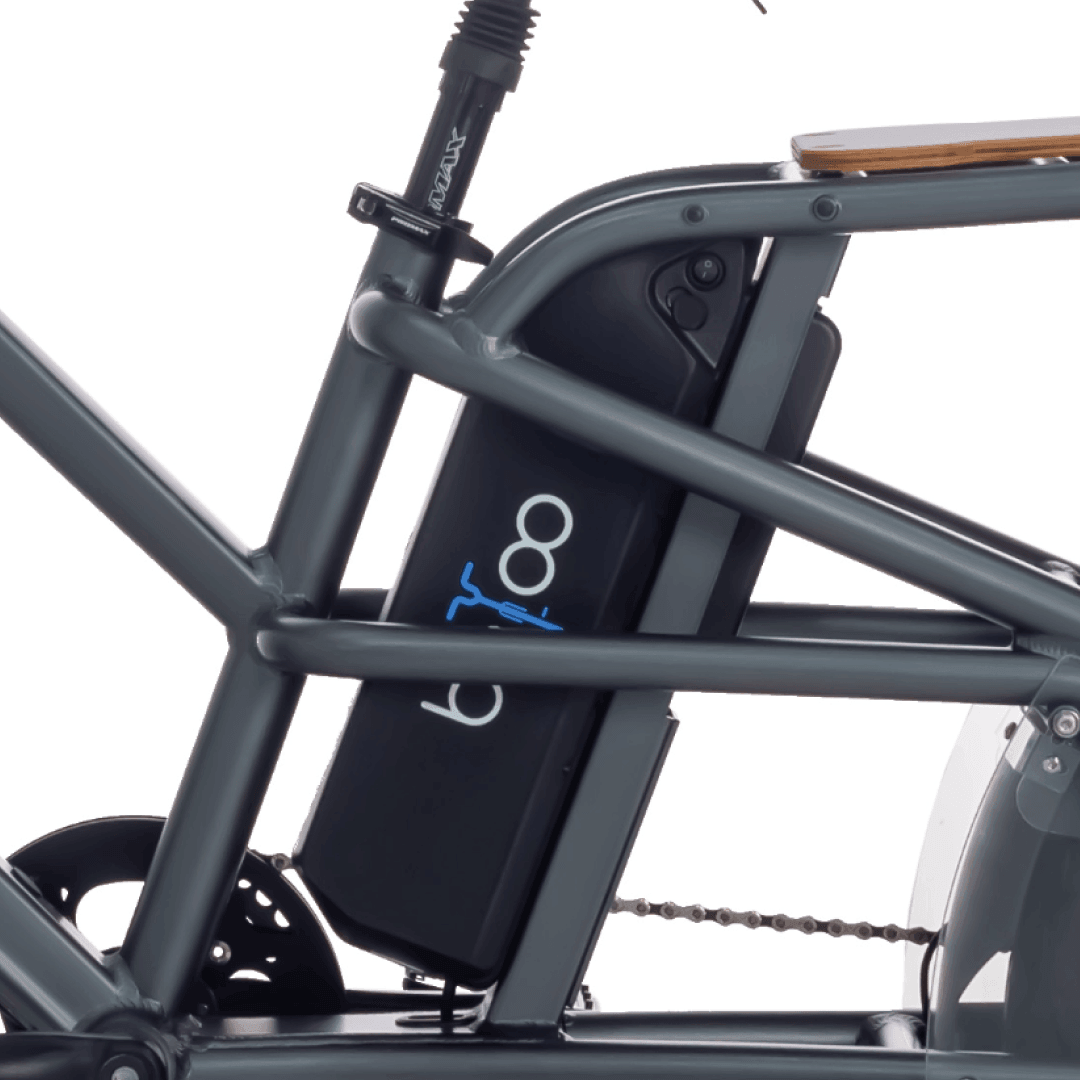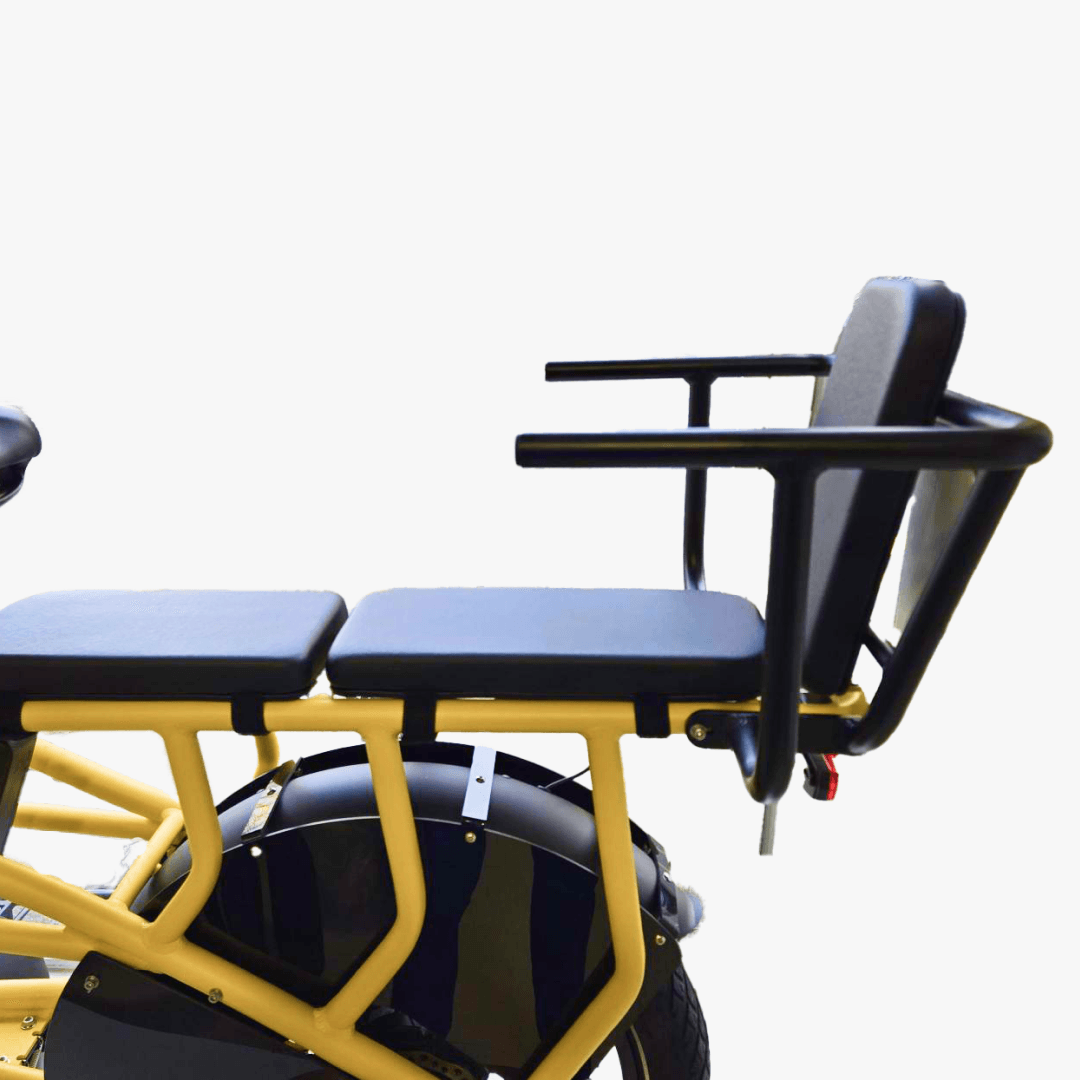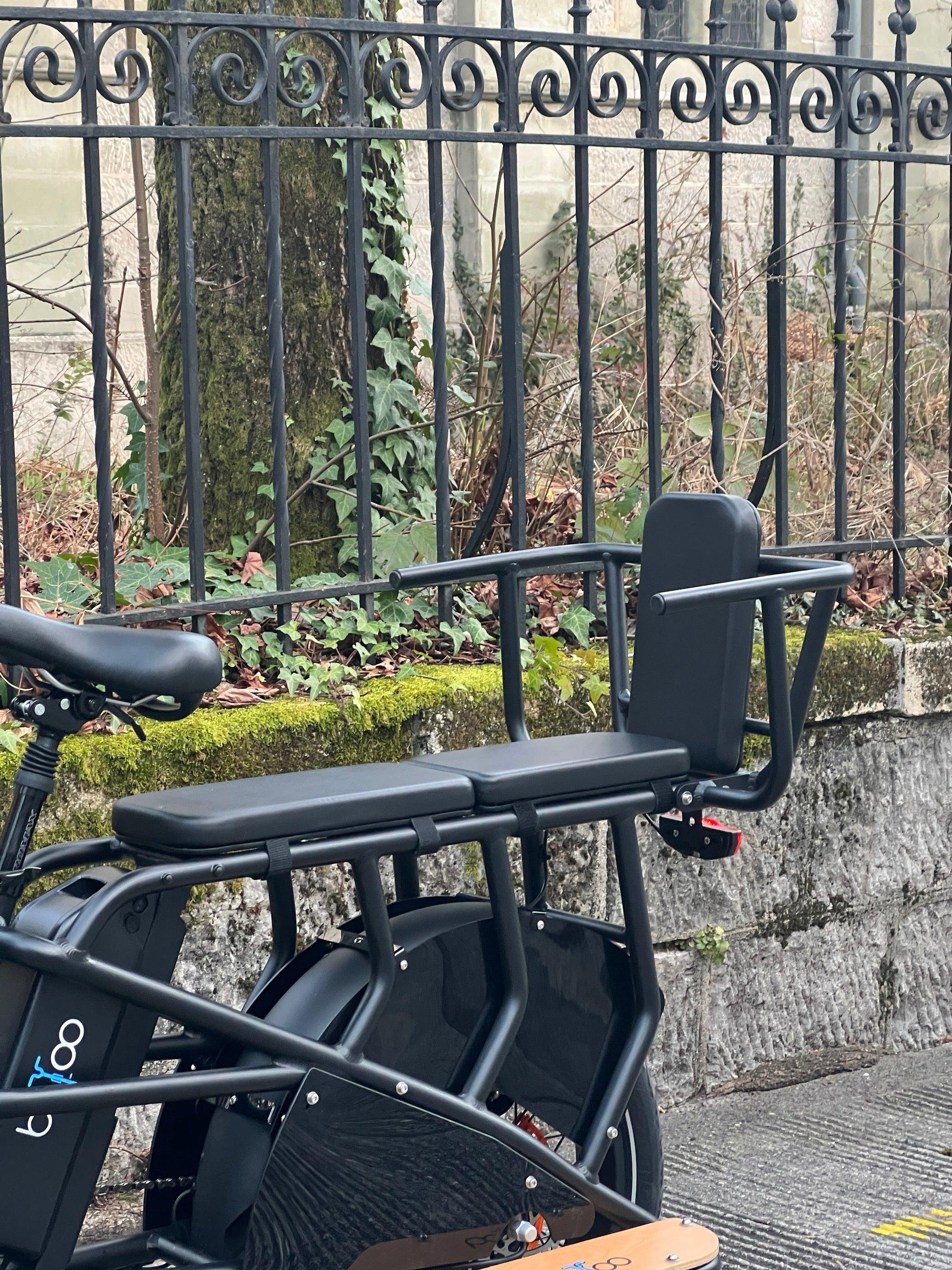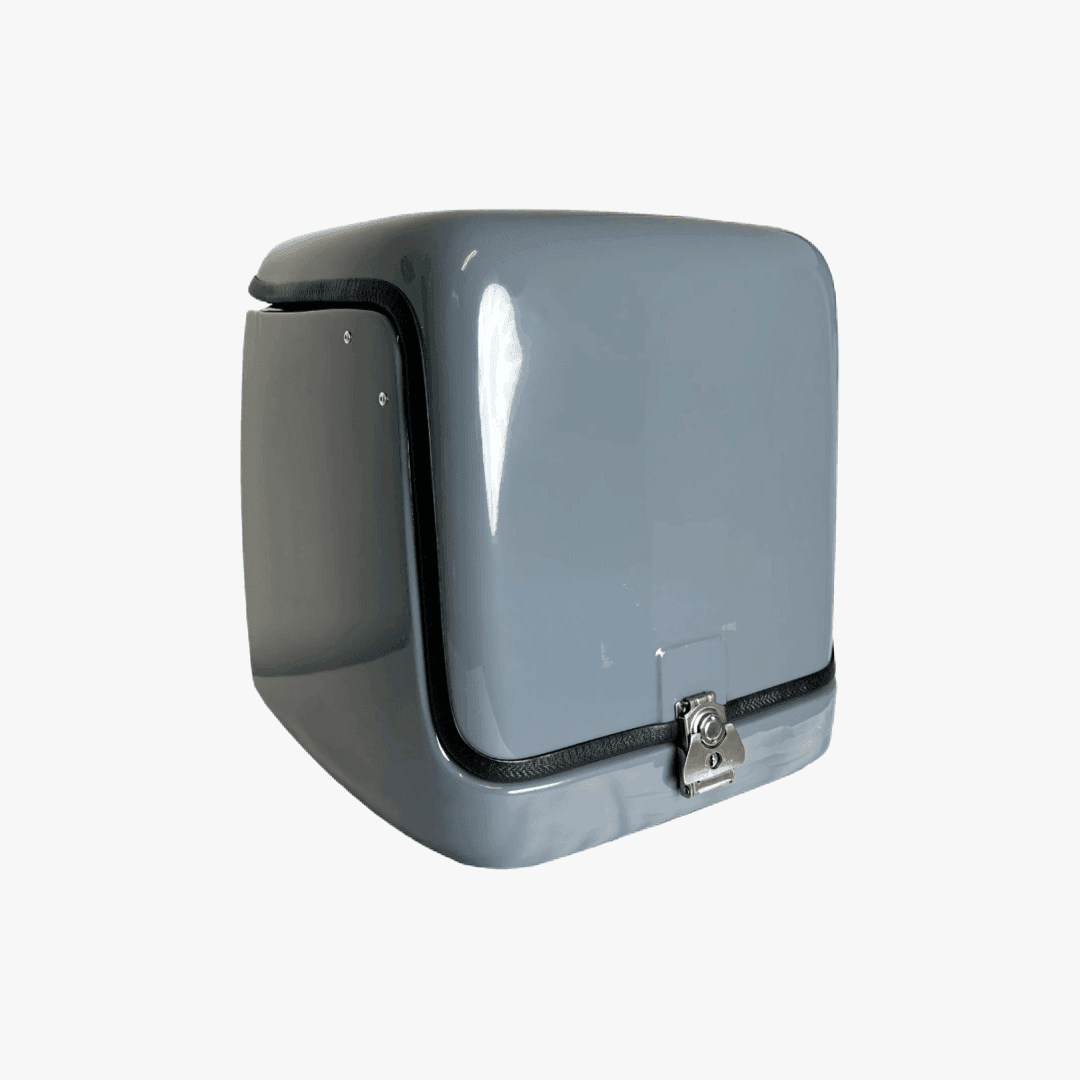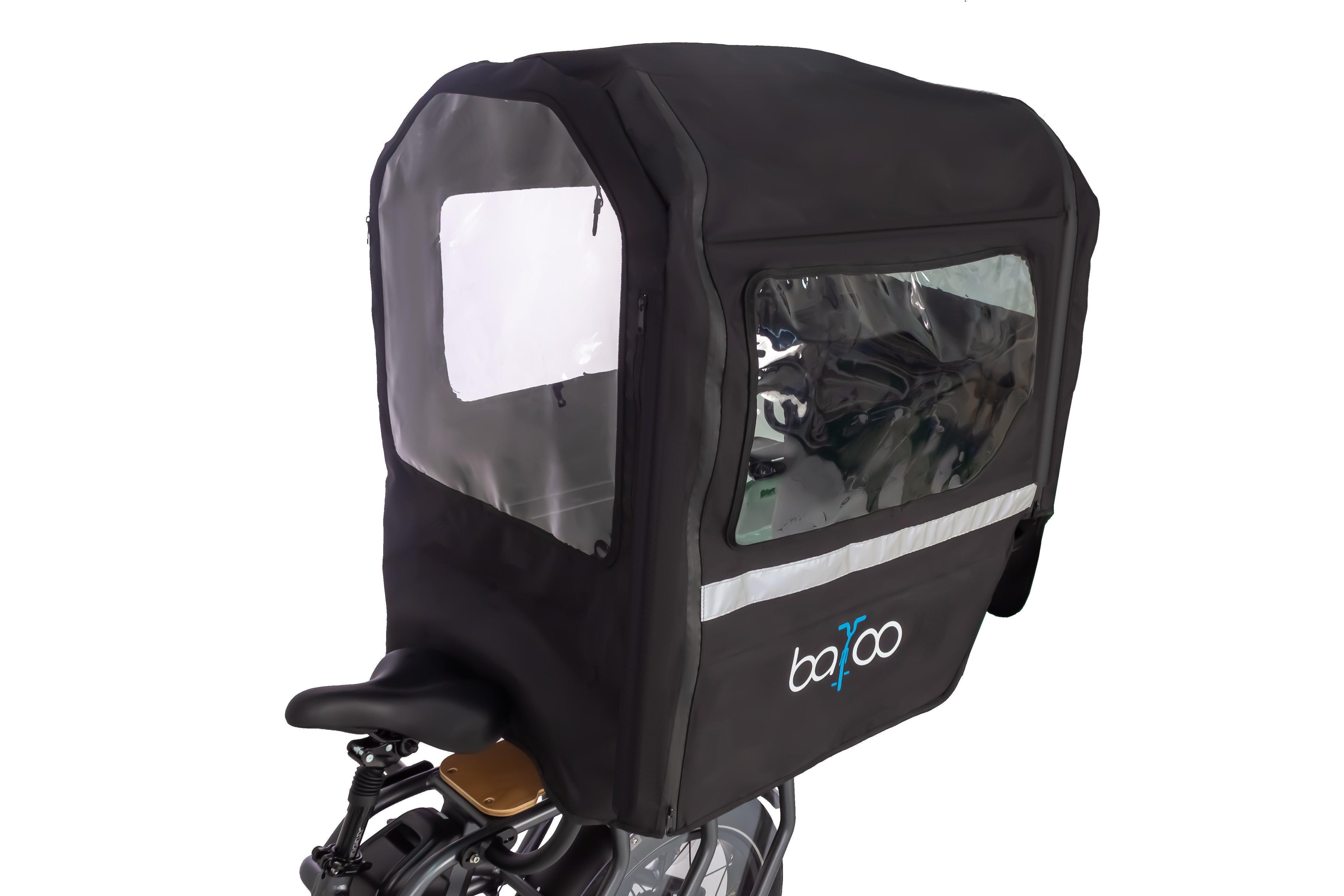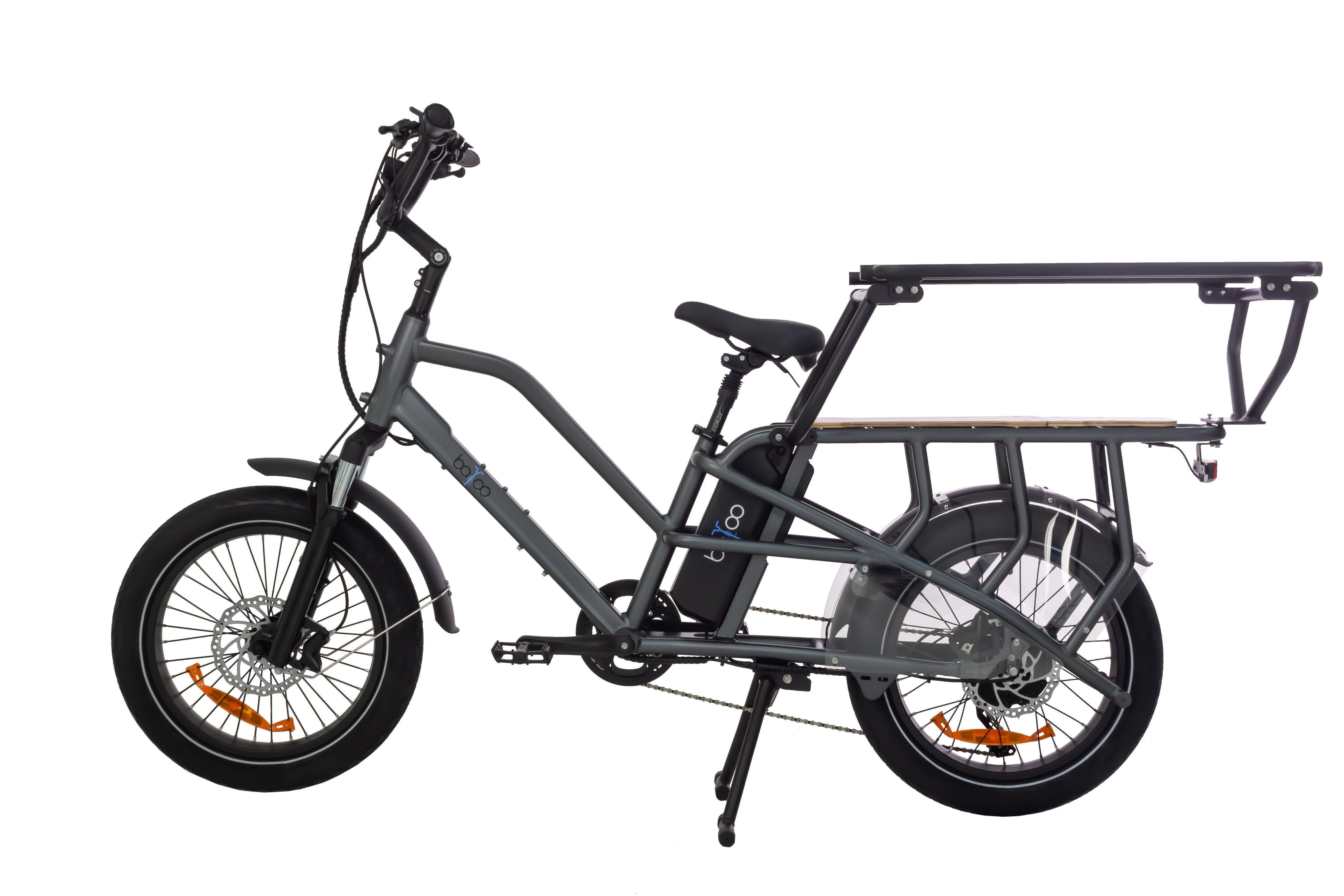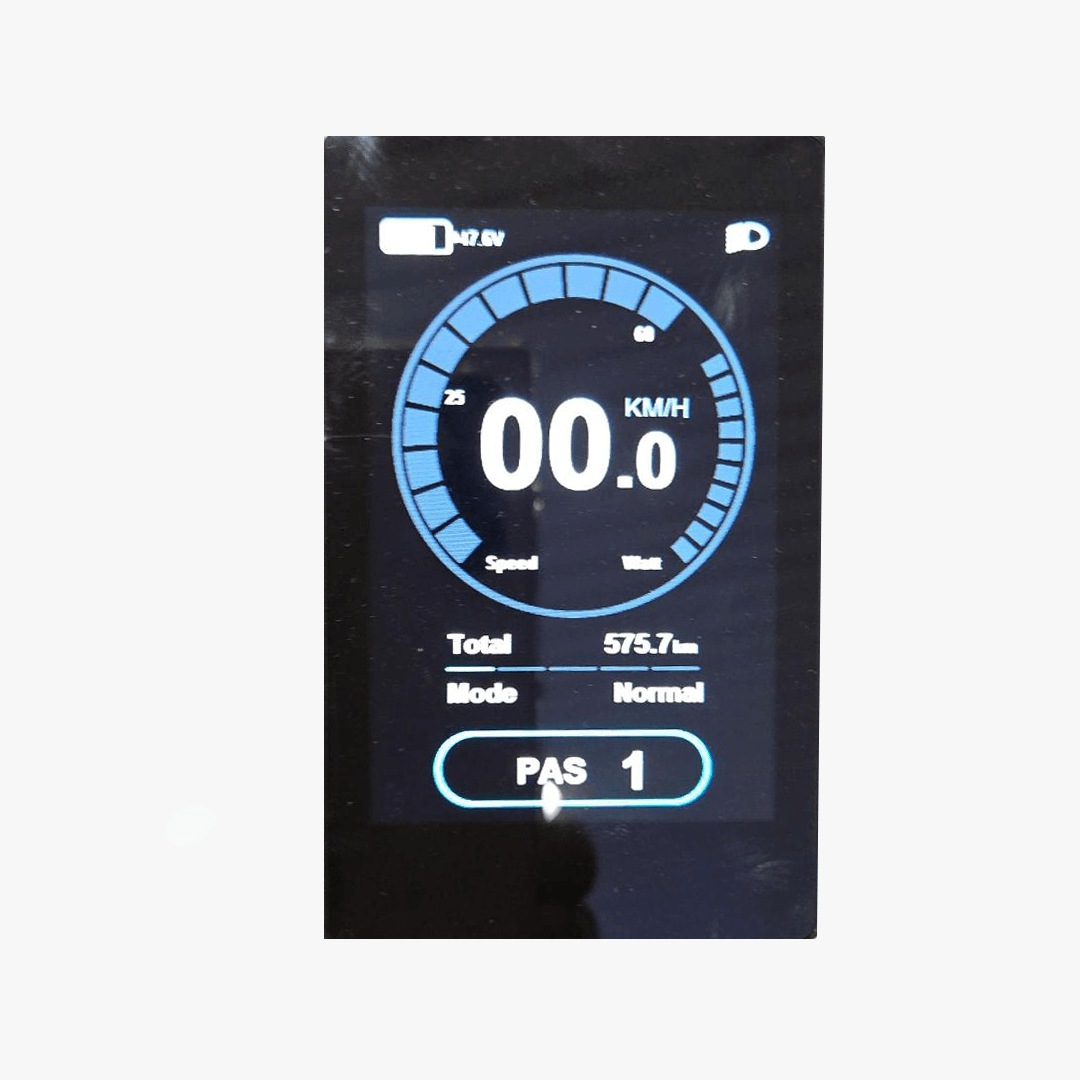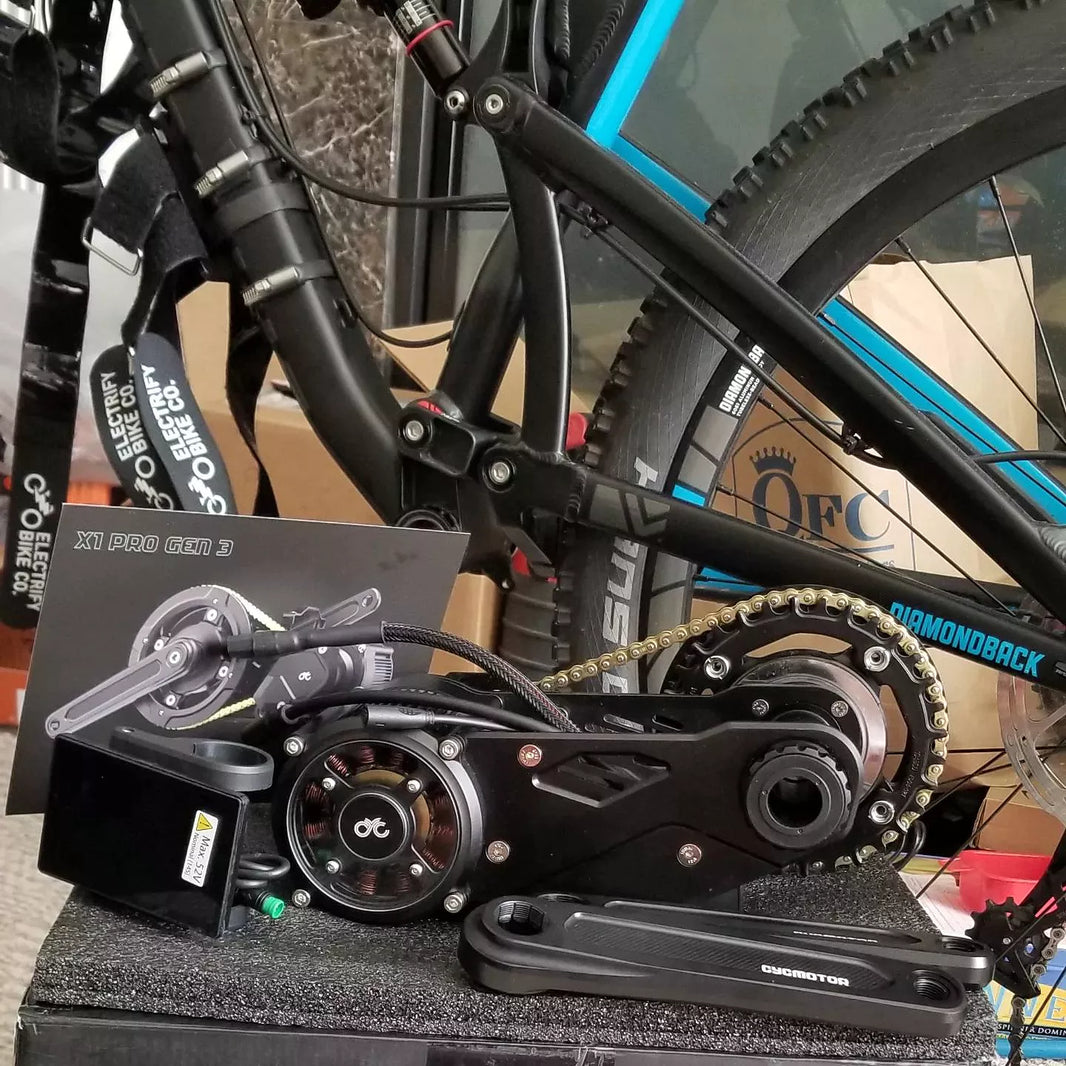In Switzerland, in 2024 , almost one in two bicycles sold was electric: 341,142 bicycles were delivered to retailers, including 45% e-bikes, i.e. ~13.6% less than in 2023 .
This attraction is explained by simplified mobility and ecological benefits (manufacturing an e-bike generates on average 134 kg of CO₂), but the average cost remains high (around €2,000).
Faced with this significant budget, converting an existing classic bike with an electric kit appears to be an economical and responsible alternative. The article below provides an overview of electrification solutions, their advantages and limitations, the cost compared to a new e-bike, the regulations in force (see also the official pages of OFROU/ASTRA and TCS – Electric bike: regulations ) and some practical advice.
Solutions for electrifying your bike

Electric bike kits generally contain an electric motor , a battery , a controller and an on-board computer . There are several configurations depending on the location of the motor.
For example, some brands integrate the motor and battery into the front wheel , replacing the original rim. Other kits are designed for the rear wheel , while some are "bottom bracket" type (the motor attaches under the bottom bracket and the battery to the frame).
Each solution has its own specificities: the front wheel kit is often the easiest to install for an average DIYer, while the under-the-crank kits require more handling (wiring and adjustments). In all cases, installation is generally done independently, with a few basic tools.
The quickest installation is often to replace the front wheel (a first installation can take around thirty minutes). Manufacturers sometimes offer workshop assistance (for an additional fee), but the principle remains that the user installs the kit themselves.
In practice, converting a conventional bicycle into an electric bicycle involves installing the chosen kit and adjusting the assistance. For example, for a front wheel kit, you remove the existing front wheel, attach the motorized wheel in its place, install the battery on the frame (with the supplied mounts), and connect the cables to the handlebars and pedal sensor.
For a sub-bottom bracket kit, you usually need to replace the bottom bracket and connect the sensor. In all cases, you need to adjust the assistance level via the control screen.
According to the manufacturers, no specific maintenance is required: simply recharge the battery as with a conventional e-bike and maintain the bike normally (brakes, chain, tires). Once installed, the bike reacts like a conventional e-bike, with assistance being triggered with each pedal stroke up to 25 km/h (see legal regulations below).
The advantages of converting your bike to electric
Electrifying an existing bike has several advantages. First, it's less expensive than a new e-bike: a complete kit costs around €700, which is "more than half the price" of a basic factory-built e-bike. If you already have a sturdy bike, simply equip it with the kit (plus possibly a reinforced fork or new brakes, if necessary) to get a functional electric bike at a lower cost.
Additionally, many local authorities offer financial assistance for electrification kits (up to ~€400 in some large cities), making the operation even more attractive. From an ecological perspective, giving a second life to an old bike avoids having to throw one away to buy a new one.
Finally, converting your own bike allows you to keep your favorite equipment (beautiful frame, proven comfort, accessories already adapted to your practice) and to avoid overproduction linked to new manufacturing. In summary, in addition to the savings made, converting your bike can be a responsible gesture while benefiting from the services of an e-bike (pedal assistance, autonomy of 40–60 km) with the equipment you already know.
The disadvantages and limitations of an electrification kit
There are several constraints and risks to consider before getting started. First, the added weight . Kits and batteries often weigh several kilos, which increases the overall mass of the bike and can make the handlebars heavier, especially at the front. At 25 km/h, this extra weight is particularly noticeable when stopping or maneuvering while stationary.
Then, not all bikes are designed to withstand the new mechanical constraints: electric assistance can cause premature wear of parts (brakes, transmission, tires) and expose the frame, fork or brakes to forces for which they were not designed.
On a well-built bike, the risk of breakage remains low, but experts note that "the electrical system will cause premature wear of several components."
Additionally, installing a kit can require some DIY expertise . Front wheel kits are relatively straightforward, but those that require crankset modifications or wiring tinkering are best left to the skilled DIYer.
Furthermore, in the event of a problem (breakdown or accident), you generally cannot rely on your usual bike shop: few stores will agree to assemble or repair a non-approved bike. Finally, the conversion invalidates the original homologation of the bike: in the event of an accident, your insurance company could refuse to cover the damage if it considers the modified bike to be non-compliant.
Some cheap (non-standard) kits can also present safety risks (fragile wiring, inaccurate sensors) or exceed regulatory limits (power >250 W). In this case, they are prohibited on public roads. In summary, the major disadvantages are:
-
Additional weight and handling discomfort (especially on the front wheel).
-
Increased stress on the bike (wear on brakes, tires, frame).
-
Assembly work can be tricky at times (especially under the pedals).
-
Legal and insurance issues : a bicycle modified in this way is no longer approved and may be excluded from insurance in the event of an accident.
The cost of electrification compared to buying a new e-bike

The main financial argument in favor of a kit is its lower price. A complete kit (motor, battery, cables, display) costs on average €700 to €800 . In comparison, a new entry-level e-bike sells for around €2,000 .
Provided you already have a bike, the additional expense is therefore limited to the kit alone, which remains very competitive. If you were to buy a muscle bike (~€500) and a kit (~€700) separately, you would arrive at ~€1,200, the price of a low-end e-bike (often with better standard equipment). In this case, it is sometimes better to opt for the new e-bike.
Additionally, several local authorities support this approach: some cities offer a flat-rate subsidy (up to ~€400) for the purchase of a kit, based on the same principle as for traditional electric bikes. This public financial support can largely offset the cost of the kit and make the operation even more attractive.
Regulations and legal aspects of the electrification of a bicycle

The regulations distinguish between electric bikes ≤ 25 km/h and 250 W (assistance that cuts out at 25 km/h and only works when pedaling) and other more powerful machines, considered mopeds. As long as your kit meets these conditions, the converted bike remains legally an electric bike within the meaning of the highway code: no license plate, no specific vehicle insurance, and no registration.
On the other hand, more powerful kits (e.g. 500 W, 1000 W) are prohibited on public roads . Another point: a modified bicycle loses the status of an “approved” object from the manufacturer; check your insurance contract before use, even if you remain within the VAE limits.
Tips for successfully electrifying your bike
-
Choose a quality and suitable kit (front wheel = simplest assembly; crankset = more technical).
-
Comply with regulations (250 W max, cut-off at 25 km/h, pedal assistance only).
-
Assemble carefully (follow the instructions, test safely, check brakes and tightening).
-
Notify your insurance company (written recommended) and keep the invoice for the kit.
-
Maintain regularly (transmission, brakes, tires) as on a classic e-bike.
Want to try a turnkey e-bike?

Even if you're not considering a kit, you can compare the feel of a ready-to-ride e-bike : the Batoo Bike team advises on sizes, range, and daily use. To discover a selection of e-bikes suitable for city and regular commuting, take a look at the dedicated collection .
FAQ
How to convert a classic bike into an electric bike?
With an electrification kit : motor (front/rear wheel or crankset), battery, controller and display. Install the motorized wheel or crankset, attach the battery to the frame and connect the sensors.
How much does a kit to electrify a bicycle cost?
Typically, expect to pay between €700 and €800 for a complete kit. If you already own a good bike, this is often more economical than a new entry-level e-bike.
Is it legal to add an electric motor to your bike?
Yes, if you respect the 250W limit and the assistance cut-off at 25 km/h , with assistance only when you pedal . Beyond that, the machine is considered a moped and is no longer authorized on public roads without approval.
Is an electric bike as efficient as a new electric bike?
It depends on the kit and the base bike . A well-designed new e-bike is often more consistent (frame, brakes, geometry designed for assistance). However, a kit can offer a very good experience if it is of good quality and well installed.
What are the risks or disadvantages of electrifying your bike yourself?
Added weight , sometimes technical assembly , increased wear (brakes/transmission), and potential insurance issues if the assembly is not compliant. Hence the interest in choosing a reliable kit and notifying your insurance company.
Does the electric bike recharge while pedaling?
No. Regeneration by pedaling is marginal on an e-bike. Recharging is done via a mains socket with the provided charger.












